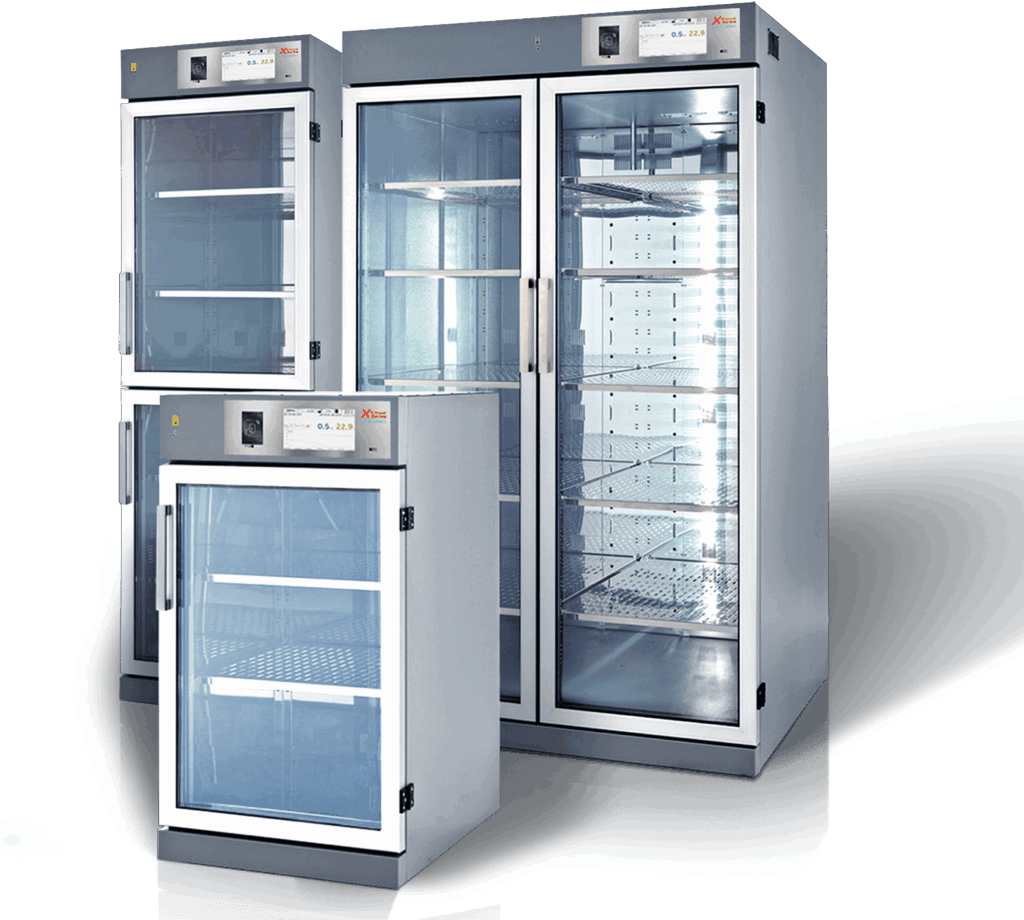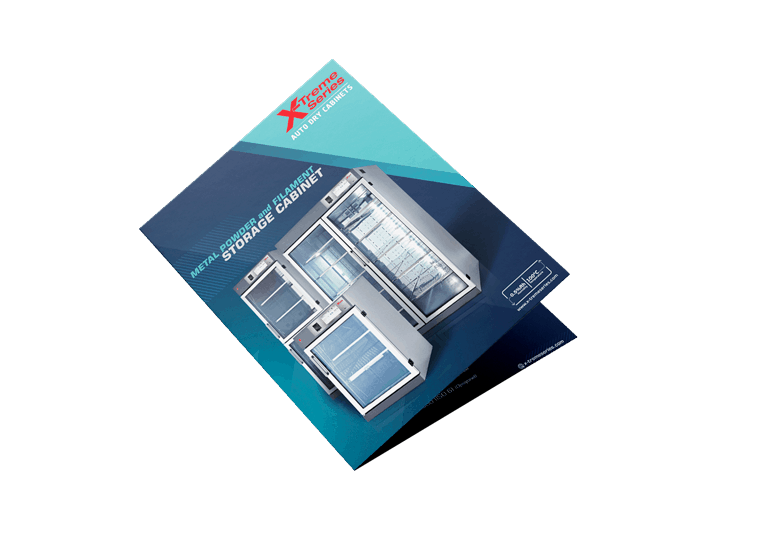The X-Treme Series Metal Powder and Filament Storage Cabinet creates the ideal low-humidity, oxygen-free environment to preserve the quality of metal powders and filament spools—two critical consumables in high-precision additive manufacturing. By maintaining consistent and controlled storage conditions, the cabinet significantly enhances material stability, extending the performance and lifespan of your 3D printing consumables.
Unlike conventional storage where every container opening invites moisture and oxygen exposure, our cabinet ensures a sealed, nitrogen-enriched space that minimizes aging, contamination, porosity, and reactivity. The result: increased tensile strength, reduced corrosion risk, and superior 3D printing output. Whether you’re working with metal powders or polymer-based filaments, this solution protects material integrity at every layer.
Additive Manufacturing and the Need for Controlled Storage
Additive Manufacturing (AM)—also known as 3D Printing—relies on metal powders or filament spools as foundational materials for precise, layer-by-layer fabrication. These materials, however, are highly sensitive to environmental conditions. Exposure to humidity and oxygen leads to deterioration, diminished performance, and inconsistent part quality.
With the X-Treme Series Cabinet, this risk is eliminated. Once the cabinet doors close, the system automatically delivers a calculated flow of nitrogen to displace ambient air and purge out moisture. Sensors then maintain stable temperature and humidity levels—ensuring your materials remain production-ready at all times.
Why Nitrogen?
Nitrogen is inert, non-reactive, and an industry-proven solution for dehumidification and storage. Unlike oxygen, nitrogen resists chemical reactions, making it ideal for preserving oxidation-sensitive substances. In environments where even slow corrosion can compromise results—such as electronics and AM—nitrogen serves as a protective buffer, displacing reactive gases and shielding your investment.
X-Treme Series Cabinets maintain positive pressure inside the chamber, further preventing external moisture or contaminants from penetrating the storage space. This makes it an essential solution for high-value additive manufacturing workflows.

